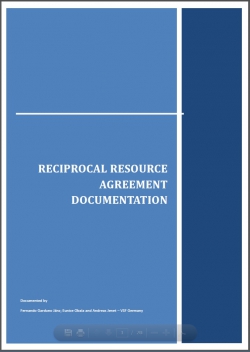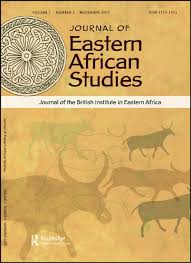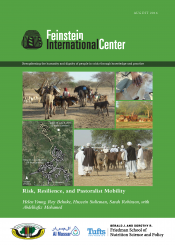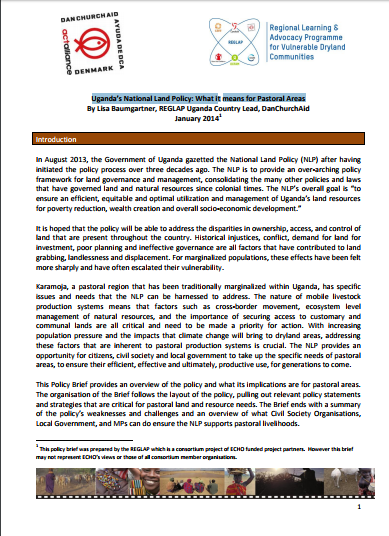RANGELANDS Pastoralists Do Plan! Community-Led Land Use Planning in the Pastoral Areas of Ethiopia
This issue paper No. 6 of the Rangelands Series consolidates a set of case studies which document how pastoralists plan land and resource use in pastoral and agro-pastoral areas of Ethiopia.












